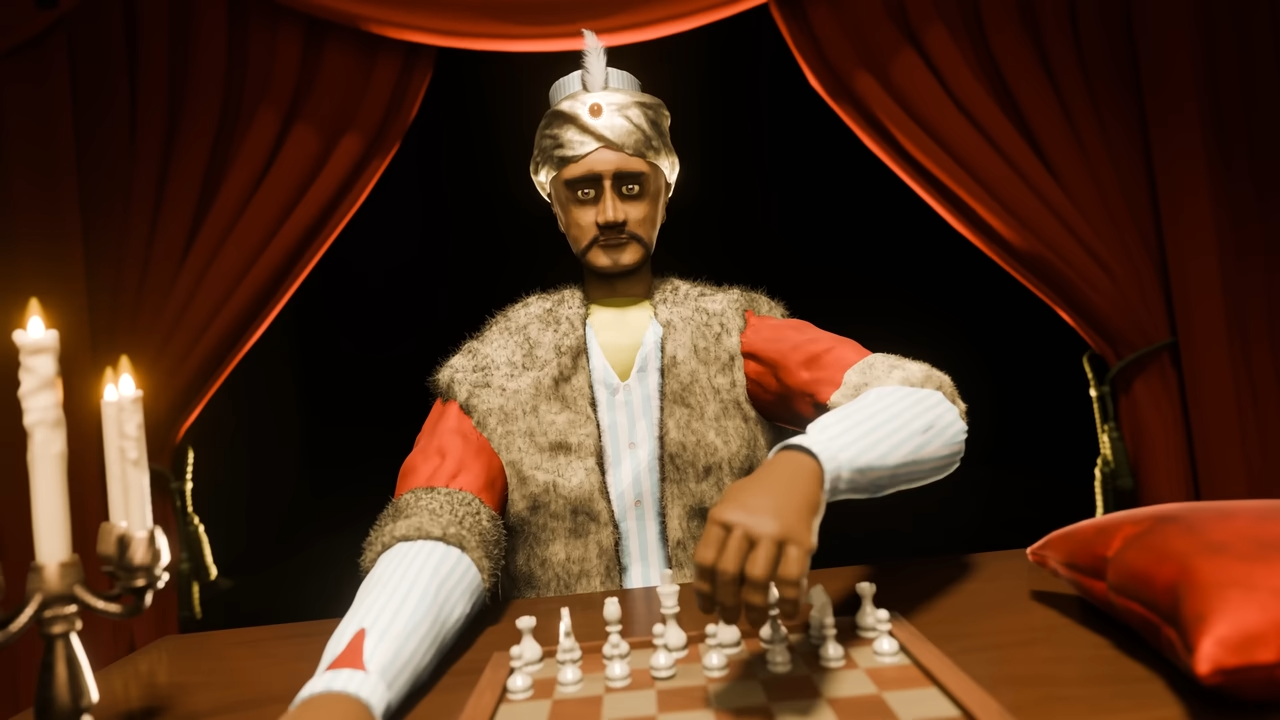For almost 90 years, an 18th-century mechanical chess-playing robot known as The Turk baffled and mesmerized audiences across Europe and America. Built in 1769 by Hungarian inventor Wolfgang von Kempelen, The Turk seemed like an unbeatable automaton capable of defeating even the most skilled chess players of the time. But behind its seemingly lifelike movements and flawless gameplay lay one of history’s most elaborate hoaxes.

A Marvel of Deception
The Turk was presented as a self-operating chess machine, able to move pieces, call checkmate, and even taunt its opponents. Its intricate design included a large wooden cabinet filled with mechanical gears, wires, and false compartments that made it appear fully automated. Kempelen toured Europe, challenging noblemen and intellectuals—including Benjamin Franklin—who all fell victim to The Turk’s illusion.
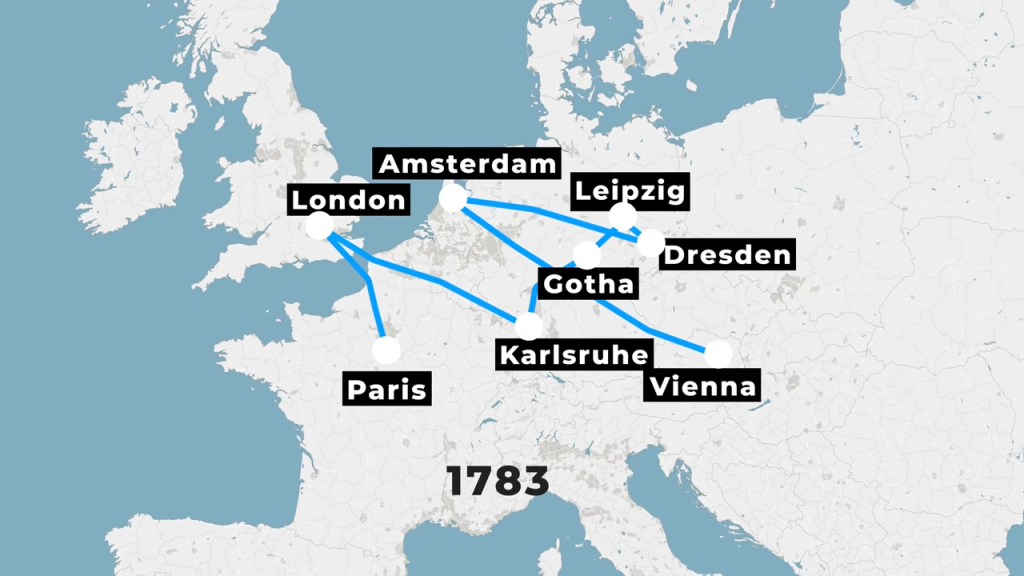
The Secret Behind the Machine
Despite decades of speculation, the true secret behind The Turk wasn’t revealed until long after its demise. It was never an actual machine, but rather a cleverly concealed human-operated chessboard. Inside the cabinet, a hidden chess master controlled the moves, relying on a system of magnets and a pantograph mechanism to maneuver The Turk’s hand.
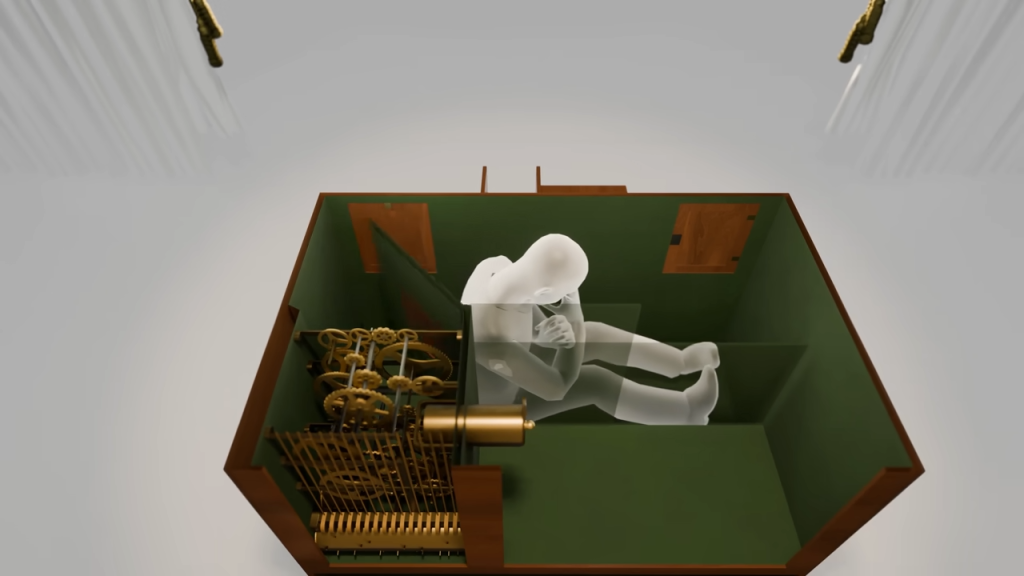
The deception worked through a brilliant performance routine:
- Kempelen opened cabinet doors to display intricate machinery, convincing spectators it was purely mechanical.
- The hidden operator shifted positions within the cabinet to avoid detection.
- The chessboard was mirrored inside the machine, allowing the operator to see and respond to moves.
- A system of magnets and strings allowed the operator to manipulate The Turk’s arm with precise accuracy.
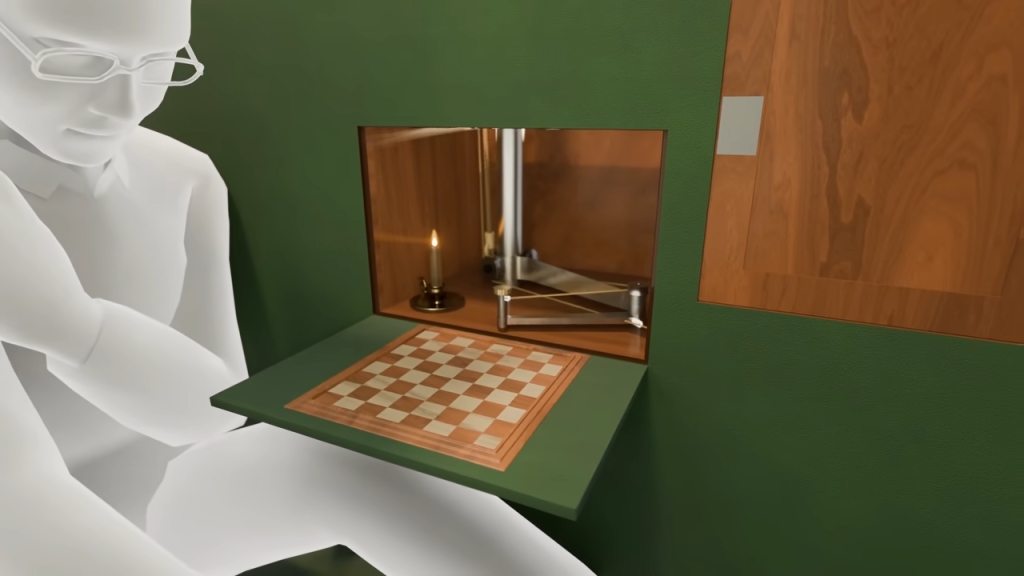
The Turk’s American Tour and Exposure
After Kempelen’s death, Johann Maelzel, a German inventor, acquired The Turk and took it on a highly successful American tour. However, suspicions continued to grow. The first major break in the mystery came when two boys saw a man emerging from the machine after a performance in Baltimore. Though the story was dismissed at the time, it proved to be the first recorded eyewitness account of The Turk’s secret.
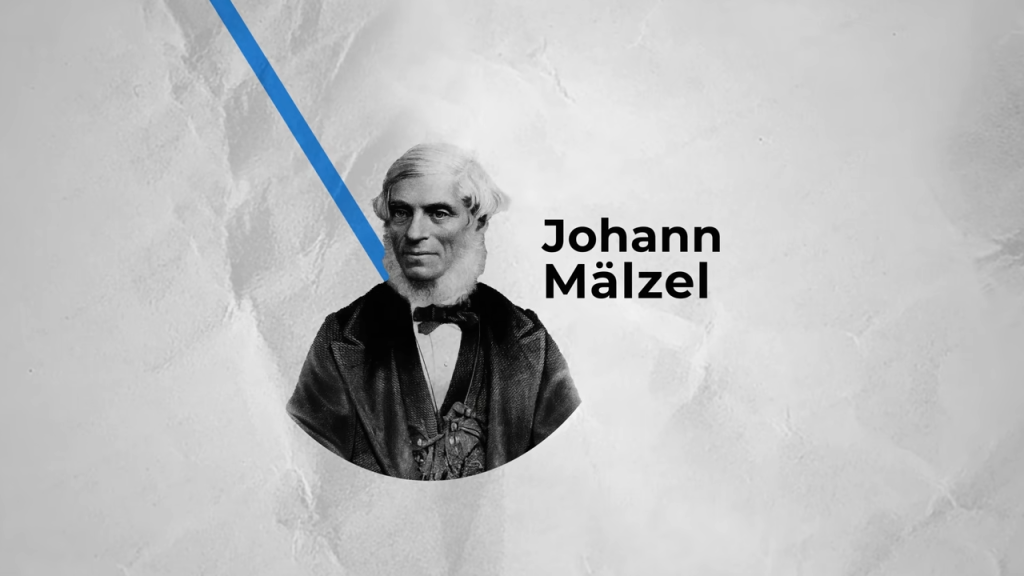
Later, even renowned writer Edgar Allan Poe wrote an essay analyzing The Turk’s mechanics, theorizing that a hidden operator controlled its movements—an observation that turned out to be almost entirely accurate.
The Turk’s Mysterious End
Despite its immense popularity, The Turk’s legacy came to an abrupt end when it was destroyed in a fire at a Philadelphia museum in 1854. Its secret might have been lost forever had it not been for a later revelation: the son of The Turk’s last owner published an article explaining exactly how the hoax worked, finally confirming decades of speculation.
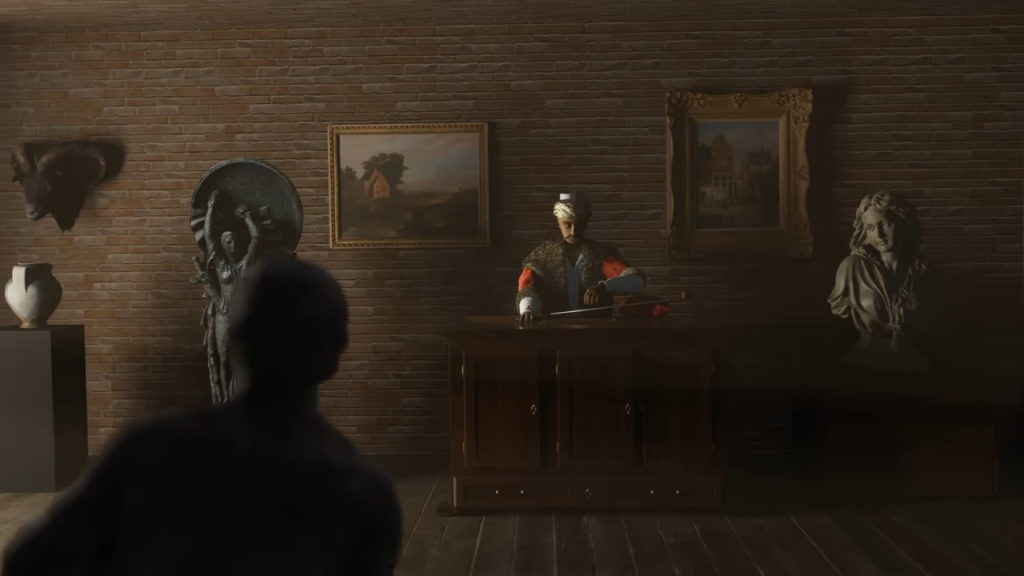
A Legacy That Lives On
Although The Turk was a fraud, its legacy had a profound impact on the field of artificial intelligence and robotics. It demonstrated the fascination with automata and predated modern AI-driven chess engines like Deep Blue and AlphaZero.
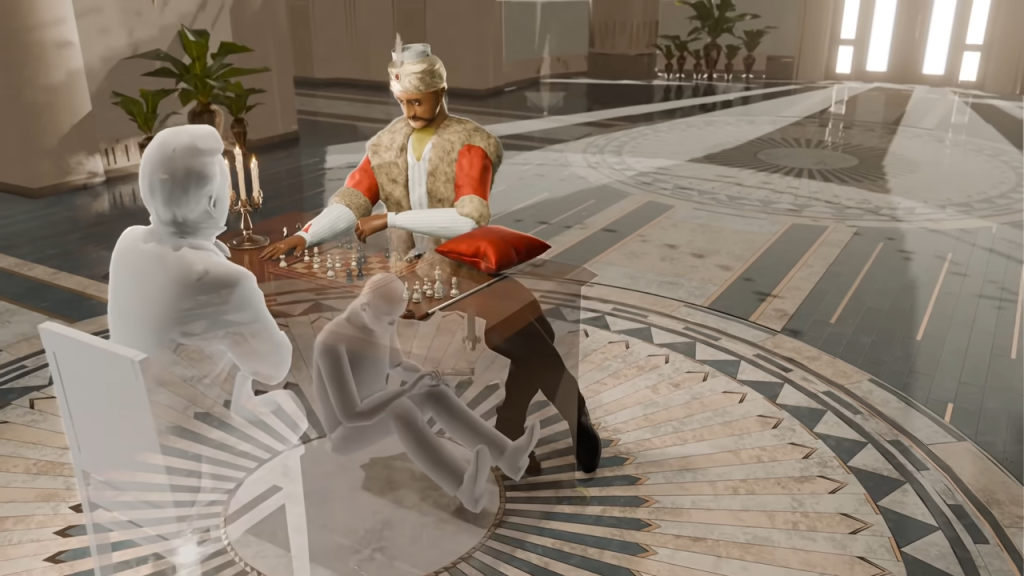
Today, The Turk stands as one of history’s most legendary cons, a brilliant example of engineering, showmanship, and deception that captivated the world for nearly a century. It was a machine that, quite literally, used people to play chess, instead of the other way around.
